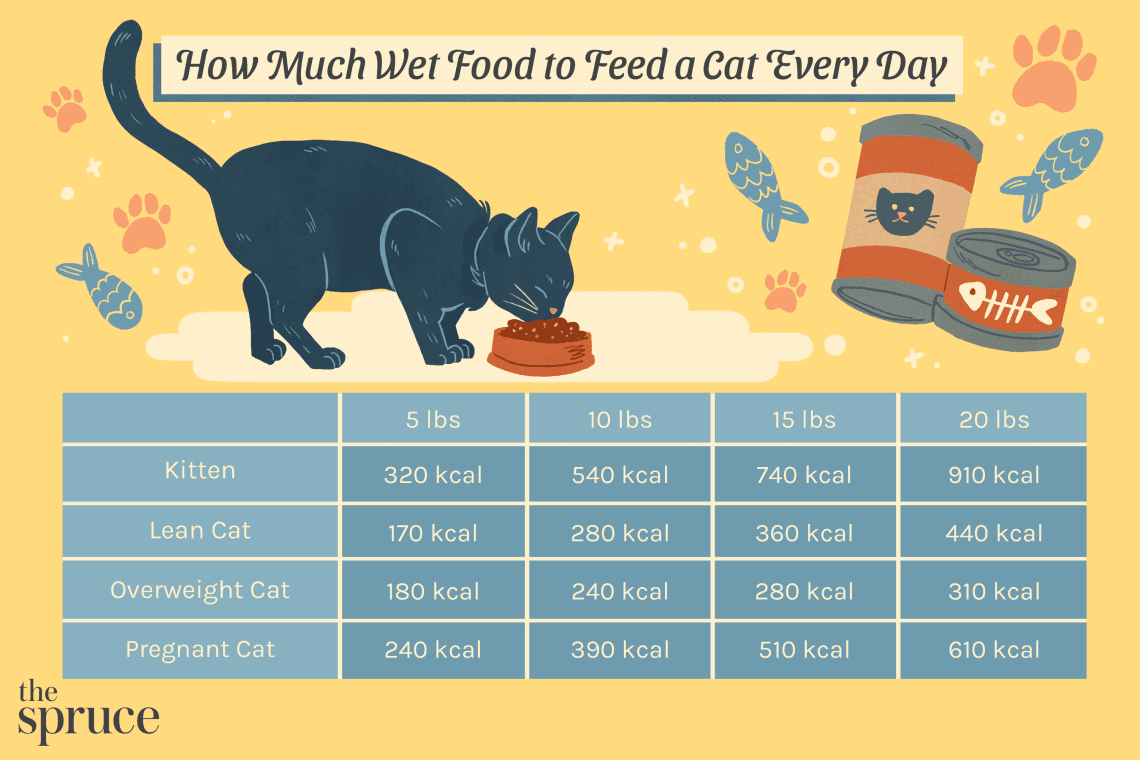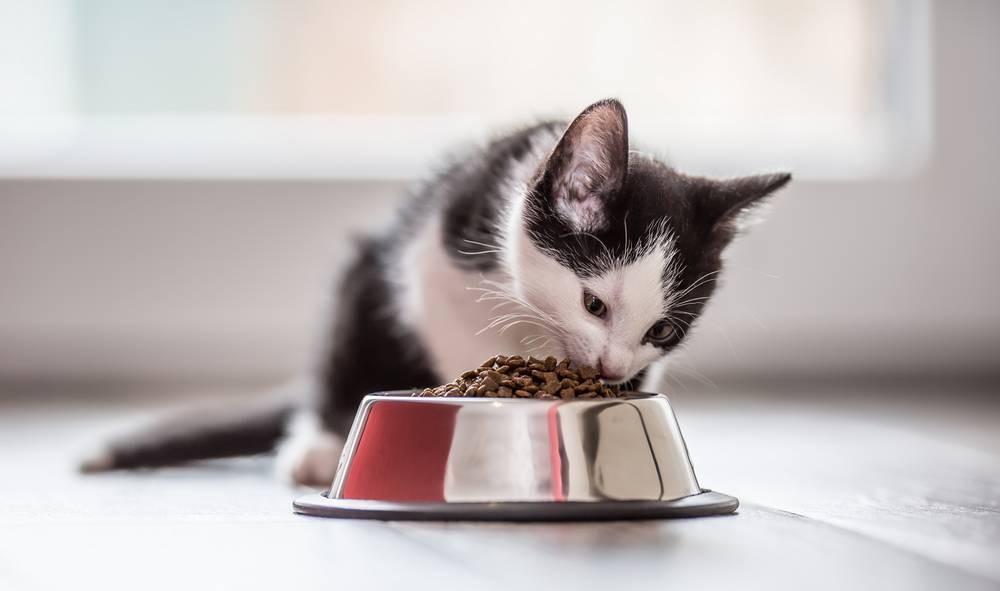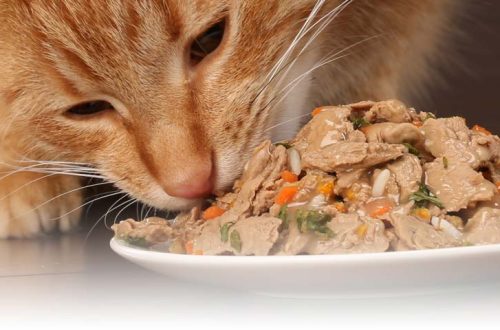
What to feed a cat?

Industrial rations
It has been clinically established that food intended for a cat should take into account the anatomy, physiology and metabolism of the animal, as well as its age, lifestyle and taste preferences.
Several distinctive properties of such food: high protein content, the content of coarse fibers is not more than 6%, high energy density, the presence of arginine, taurine, vitamin A, niacin. The rationale for each item is as follows: cats cannot chew – they lack the ability to move their jaws laterally; cats have a short intestine – and the time it takes for food to pass through it is negligible; they also lack the ability to synthesize these nutrients.
All this is fully taken into account by responsible manufacturers. for animals.
Complete assortment
A characteristic feature of cats is known to be finicky in food. Pets may refuse food that they do not like because of the smell, texture, or simply got bored.
The situation is saved by the presence in stores of a rich selection of industrial rations. For example, in the line for adult cats, there is cream soup with beef, jelly with turkey and vegetables, stew with veal, and so on. branded dry and wet foods are produced, taking into account the characteristics and preferences of specific breeds. Also, this brand offers separate diets for cats that are picky about the aroma, taste or composition of the product. Food for picky cats is also available from Meglium, Bosch, 1st Choice, etc.
At the same time, responsible manufacturers do not use dyes, artificial flavors and flavor enhancers in their finished feeds.
Feed combination
According to the general opinion of experts, the most preferred way of feeding for pets is combination of dry and wet diets. The first cat receives during the day, the second – in portions in the morning and evening.
Each type has its own advantages, and their combination is most beneficial for the health of the pet. Dry food reduces the risk of oral diseases, positively affects the functioning of the digestive system; wet – do not allow the animal to gain excess weight, saturate the body with water, which is especially useful given that cats are prone to urolithiasis.
Not a single home-cooked dish can give a pet all the necessary substances and not damage its physical condition. This must be taken into account when choosing what to feed the cat.
July 1 2017
Updated: October 8, 2018





